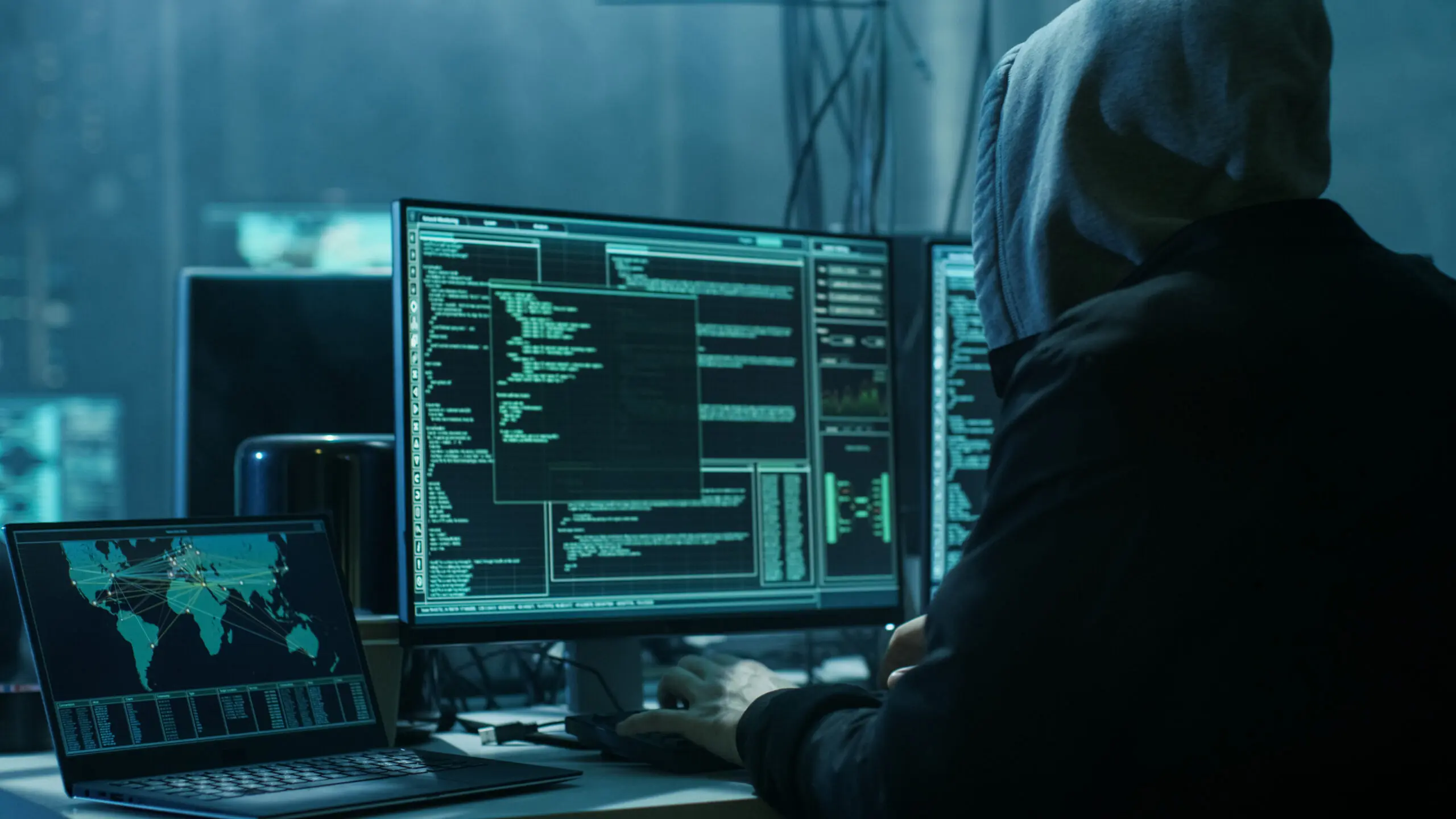
What Happened in the St. Paul Cyberattack?
On Friday, հուլիս 25, 2025, unusual disruptions began in St. Paul. City websites slowed down or failed to load. Public Wi-Fi went offline. Online payment systems stopped working. At first, it looked like a typical tech outage. By Monday, it was clear this wasn’t a glitch—it was a coordinated cyberattack.
The attack crippled a wide range of city services, from public libraries and payment platforms to internal government systems. In a city that runs on digital infrastructure, the disruption was immediate and far-reaching.
Here’s how events unfolded.
Timeline of the Cyberattack
Friday, հուլիս 25 – Early Warning Signs
City staff reported trouble accessing internal tools. IT teams initially suspected a software bug or server issue. But as more systems failed, the scope became clearer. By the end of the day, major city platforms were down. Officials referred to it as an “unplanned technical disruption” but gave no further details.
Saturday–Sunday, July 26–27 – Major Outages
By the weekend, residents began noticing. Library databases were inaccessible. Public Wi-Fi—essential for many residents—remained offline. Payment portals for water bills, parking tickets, and permits were down.
Emergency services like 911 remained operational, but residents had little information. The silence from officials only added to growing concern.
Monday, հուլիս 28 – State of Emergency
Mayor Melvin Carter confirmed the city had suffered a cyberattack and declared a state of emergency. Federal authorities, including the FBI and private cybersecurity firms, were brought in. Officials didn’t reveal what systems had been targeted or whether data was stolen, citing an ongoing investigation.
Tuesday, հուլիս 29 – National Guard Steps In
Governor Tim Walz activated the Minnesota National Guard’s Cyber Protection Team—trained experts in defending infrastructure against digital threats.
The city began daily updates, urging patience. Services would be restored gradually. For now, residents needed to rely on manual processes and paper-based workarounds.
Ongoing Recovery
As of late July, recovery is still in progress. Some systems, like the library network, are partially restored. Others—including internal city operations and payment systems—remain limited or completely offline.
No ransom demand has been publicly disclosed. While many cyberattacks involve demands for payment, officials haven’t confirmed if any were made or received.
Impact of the St. Paul Cyberattack
For residents, the disruption was immediate. Online bill payments failed. Public Wi-Fi vanished. Accessing permits or public records often required in-person visits—if they were available at all.
Small business owners were particularly affected. One local shop owner reported being unable to access tax documents or complete vendor transactions because city systems were unavailable.
Schools also experienced setbacks. While classes weren’t disrupted, administrative systems faced delays, complicating enrollment and internal coordination.
More than inconvenience, the attack exposed vulnerabilities in the city’s digital backbone—and raised concerns about whether residents can trust these systems going forward.
St. Paul Cyberattack Investigation: Who’s Responsible?
So far, no group has claimed responsibility. That’s unusual. In many cases, attackers identify themselves—either to boast or to issue ransom demands.
Federal and state cybersecurity agencies are leading the investigation. Some analysts note similarities to tactics used by foreign threat groups, particularly from Eastern Europe. But no official attribution has been made, and investigators are withholding many details for now.
Cyberattacks on U.S. Cities: A Growing Trend
St. Paul is not alone. Other cities—including Atlanta, Baltimore, and Oakland—have suffered similar attacks in recent years. In most cases, hackers used ransomware to paralyze services and demand money for restoration.
Many municipalities rely on outdated systems, lack in-house cybersecurity teams, and don’t have strong disaster recovery protocols. That makes them easy targets.
When essential services collapse, public trust takes a hit—and recovery isn’t just technical. It’s political and personal.
What’s Next: Recovery and Prevention
City officials are working to bring critical services back online, including permitting systems, public records, and utility payments.
But they’re also thinking beyond short-term fixes. Plans include improving data backups, tightening access controls, and offering better cybersecurity training to staff.
There’s also talk of establishing a permanent cybersecurity task force—something already in place in cities like Los Angeles and Chicago. The aim is to shift from reactive crisis response to proactive protection.
Why the St. Paul Cyberattack Matters
This attack wasn’t just about frozen systems—it was about how fragile modern cities can be when their digital infrastructure is compromised.
St. Paul’s experience is a warning. Cities can no longer afford to treat cybersecurity as an afterthought. It needs to be a core part of public safety and city planning.
When tech systems fail, everything from small businesses to public schools can suffer. And when trust in local government erodes, rebuilding it takes more than just software fixes.
Investing in stronger defenses now means avoiding much deeper costs later.
Frequently Asked Questions
-
1. What caused the St. Paul cyberattack in July 2025?
Officials say it was a coordinated attack on the city’s digital systems. The exact cause is still under investigation.
-
2. Who is responsible for the cyberattack?
No group has claimed responsibility. Federal agencies suspect foreign cybercriminals but haven’t confirmed who’s behind it.
-
3. Which services were affected?
Public Wi-Fi, how much
-
4. Are city systems back online?
Parts of the system are back, including basic website access and library services. Others, like payment processing, remain limited.
-
5. Is my personal data compromised?
There’s no confirmed data breach. Still, residents are advised to monitor accounts for suspicious activity.
-
6. How long will recovery take?
Some systems were restored within days. Full recovery could take several weeks, depending on the extent of the damage.
-
7. .What steps is the city taking to prevent future attacks?
Plans include stronger data backups, better cybersecurity training for staff, and a potential dedicated cybersecurity team.
-
8. Has St. Paul faced a cyberattack before?
This is the most severe cyberattack on St. Paul to date. Other U.S. cities, like Atlanta and Baltimore, have faced similar incidents in recent years.




Թողնել պատասխան